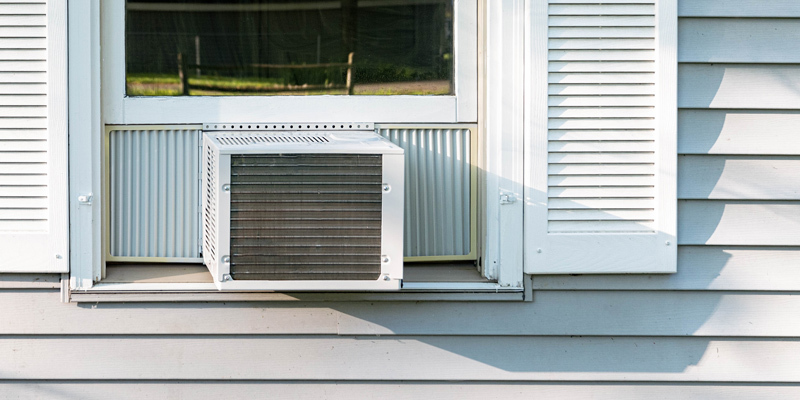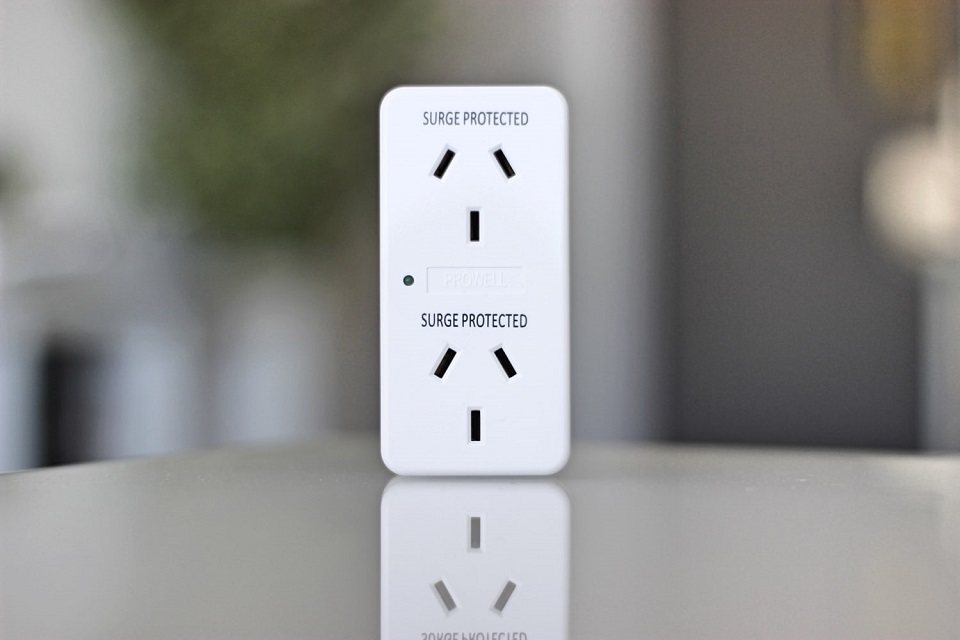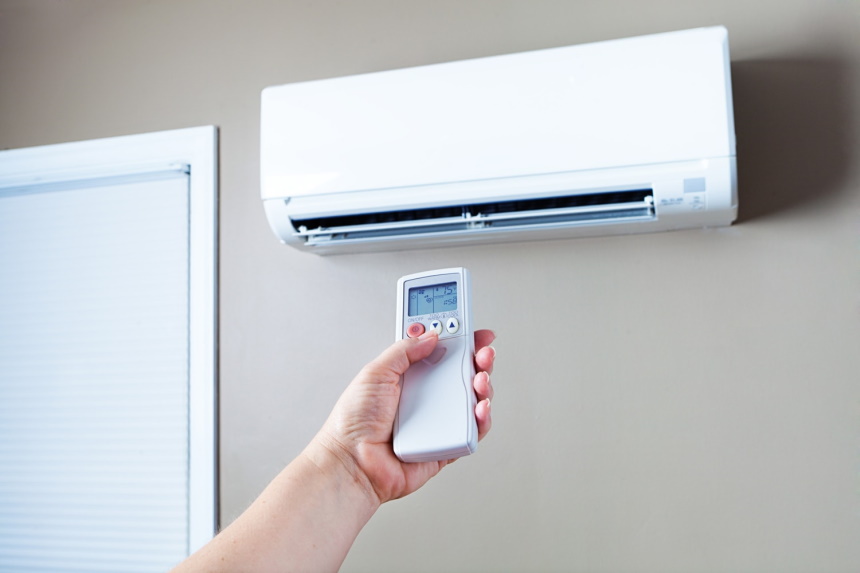

Electrical appliances are being modernized today to the extent that size, high power consumption, and other criteria no longer define a piece of efficient equipment. If you are thinking of getting an air conditioning system, you want an energy-efficient one. For this, you need to be up to date with the air conditioning lingo known as Seasonal Energy Efficiency Ratio. It is an indication used to explain the energy efficiency of an HVAC system such as an air conditioner or air conditioner and heater combo.
The higher the SEER rating, the lower the energy consumption. This data is therefore most useful for deciding between two products with very similar characteristics. In this article, we’ll see what SEER means, how to calculate it, and, of course, show you a standard SEER rating chart that you can follow when deciding on buying an air conditioner.
SEER, as mentioned earlier, stands for Seasonal Efficiency Energy Ratio, and more commonly represents seasonal refrigeration efficiency, unlike SCOP, which indicates the seasonal coefficient of performance for heating.
The energy efficiency ratio is calculated for each air conditioning system (reversible, wall-mounted, monobloc, etc.), and makes it possible to determine the energy class of each, from A+++ to D. The higher the SEER of the air conditioner, the less energy the unit will use. Note that the SEER is generally between 13 to 21 in most modern air conditioners, according to Trane.
Faced with increasingly hot summers, many people are turning to the use of an air conditioning system to cool their homes during a heatwave. If you want to navigate the different models of air conditioners, pay particular attention to the energy labels in which you will find the SEER coefficient, to choose the air conditioner best suited to your needs.
The SEER is very useful for choosing air conditioning equipment and knowing its performance. It is used to define the energy class of an air conditioner, represented on the energy label.
The more SEER a device has, the more expensive it usually is. But you should not neglect the savings that you will make in the long term. Even more so if your old appliance was dated, you will see a huge difference when it comes to your energy expenditure at home.
The best air conditioning systems with good SEER ratings these days use 30% to 50% less electricity to produce the same cooling as air conditioners from the 1970s. Even if your air conditioner is only ten years old, the newer models can save you 20 to 40 percent on energy costs. For example, a SEER minimum of 13 is approximately 30 percent more efficient than the SEER of 10 required previously.
Most modern air conditioner systems come with the SEER rating. This ranges from 13 to 21. Meanwhile, Energy Star rated equipment has a minimum rating of 14.5 SEER.
The manufacturer is responsible for providing this type of information to the customer, in the form of an energy label. The classification according to the SEER makes it possible to classify the air conditioners from D to A +++, D being the poorest performance.
The Seasonal Energy Efficiency Rate (SEER) is obtained by dividing the value of the total cooling of an air conditioner or heat pump during a normal cooling season divided by the total electricity consumption (BTU) during the same period. The higher the ratio, then the more energy efficient it will be.
A high SEER rating in an HVAC unit saves money because it’s an indication that the appliance consumes less energy. So, the higher the SEER, the more energy-efficient the appliance is and the more you’ll be able to save.
With the arrival of Inverter technology devices, instead of the compressor starting and turning frequently, it rotates continuously to keep the temperature constant and energy consumption low.
One of this kind is the Della 12000 BTU. The mini-split air conditioner has a ductless inverter system and a SEER of 17.
Likewise, we recommend that you frequently perform correct maintenance on your air conditioning and limit the temperature of the air conditioning to 25 degrees. This not only saves energy use but also helps avoid major consequences that affect not only your device but also your health and that of yours.
If the SEER makes it possible to classify air conditioning systems according to their energy efficiency, it allows consumers above all to anticipate the operating cost of each device, and therefore to measure its profitability in the long term.
The SEER performance index was set up above all to allow everyone to assess the performance of each air conditioner according to its electricity consumption. Be careful, however, to take into account the cost of purchasing the device, which will have a significant impact on the system’s rate of return.
If you are going for the long term, prefer an air conditioner with a high rate of return. While more expensive to buy, it will consume very little energy during the summer season.
Generally considered to be high-end systems, these are equipped with ultra-resistant and high-performance parts and components, which induce optimal energy efficiency, which will allow you to save energy, and therefore money!
Air conditioners consume electricity, not gas, so your system will be responsible for a portion of your electricity bill in the summer months. You want to determine exactly how much. To do this, look at your winter electricity bills to see what your typical electricity consumption is when your air conditioner is not running. It is best to take an average of a couple of months, such as November to February. Then take that average consumption and subtract it from your electricity bills in the summer months. This will give you a rough estimate of how much energy the air conditioner uses each month.
Specifically, a SEER value represents the amount of energy (such as heat) that the system is expected to remove from a home divided by the amount of energy (electricity) it is expected to consume. Because air conditioners simply move heat from inside to outside, this ratio can be much greater than 1. So, a more efficient unit will always have a higher SEER rating.
To calculate the savings realizable, you can perform this calculation by simple division. If your potential HVAC unit’s SEER rating is 14 and your current unit’s SEER rating is 10, divide 14 by 10 to get 1.4 percent. This number indicates that the new unit would provide a 1.4 percent more cooling effect for an equal consumption of electricity.
To calculate the actual cost savings, multiply the power consumption of the current unit over the entire cooling season by the average cost of one kilowatt-hour. Divide this number by the previously calculated ratio to see the new unit’s cooling cost over the entire season. The difference between these two costs is the estimated savings from the new unit.
Now, if what you want to know is how much money you will have to pay for each hour that you have your air conditioning on at home or in the office, all you have to do is check the price of kWh on your electricity bill. With this information, you can multiply this amount by the number of hours per month that you use your device. This way you will get exactly the level of energy efficiency and, in addition, how much it implies for your budget.
If you bought a 10 SEER air conditioner 5 years ago for $200 and are now upgrading it to a 16 SEER model with the same BTU rating, you may be asking yourself if the energy efficiency difference will be enough to repay the difference in the cost of the two models and for how long. The formula for calculating this is provided by the Housing and Urban Development (HUD) department of the United States; that is Payback Period = First Cost/Annual Savings of new model.
For this, you have to know the annual cost of energy of the air conditioner system you’re thinking of buying. To get this cost, check the energy cost or rate per kilowatt in your area and multiply it by the addition of the cost of energy of the appliance in one year. You will also need to know the energy costs of your current air conditioner.
Using the data collected, you can calculate annual savings this way:
Annual saving = annual cost of energy of existing unit – the annual cost of energy of proposed unit.
Then, with the first cost of the current air conditioner unit at the back of your mind, you can now calculate the payback period; that is, the First Cost divided by Annual Savings.
Compared to a class B air conditioner, the A +++ unit consumes around 40% less energy. The devices are divided into energy efficiency classes from A to G depending on consumption. These classes start with D (extremely inefficient) and reach A +++ (very energy-efficient). When buying an air conditioner, pay attention to the energy label. Most devices have an energy efficiency class of A or A +. The best air conditioners, on the other hand, have A +++ and up to 21 SEER rating.
One of the best energy-efficient air conditioners is the Pioneer Diamante Series. This 9,000 to 9,500 BTU ductless mini-split air conditioner and inverter heat pump has 21 SEER and is available for an under $800 price.
The energy label serves as an orientation and comparison option when buying an air conditioning system.
You may always follow this SEER rating chart to acquire the best energy-saving model:
| SEER | Energy efficiency class | Savings compared to the previous class |
| SEER ≥ 8.50 | A+++ | Up to 30% |
| 6,10 < SEER 8,50 | A++ | Up to 10% |
| 5,60 SEER < 6,10 | A+ | Up to 10% |
| 5,10 ≤ SEER < 5,60 | A | Up to 10% |
| 4,60 ≤ SEER < 5,10 | B | Up to 10% |
| 4,60 ≤ SEER < 5,10 | C | Up to 10% |
| 3,60 ≤ SEER < 4.10 | D | – |
The SEER rating is aimed at improving energy-consuming products. If you buy an A + class air conditioner with a SEER of 5.7, it means that on average, over the cooling season, when your unit consumes 1 kWh, it produces 5.7 kWh of cooling. It is a great advantage linked to thermodynamic systems to produce more than what they consume. Imagine if your bank account had the same performance!
Our SEER rating chart should help you to be able to get the best energy-saving air conditioner. This is because the higher the SEER rating, the lower the energy consumption, the higher the energy savings, and the lower your energy bill. However, the higher the SEER rating, the more expensive the device costs on the market. That’s why you have to strike a balance. Don’t choose a device whose SEER rating is too high (or you’ll pay too much at the purchase point than the device can pay back in energy savings) or too low (or you’ll pay more in energy bills). So, it pays to calculate the payback period or just choose a midpoint SEER (14 to 16) to be on the safer side.





